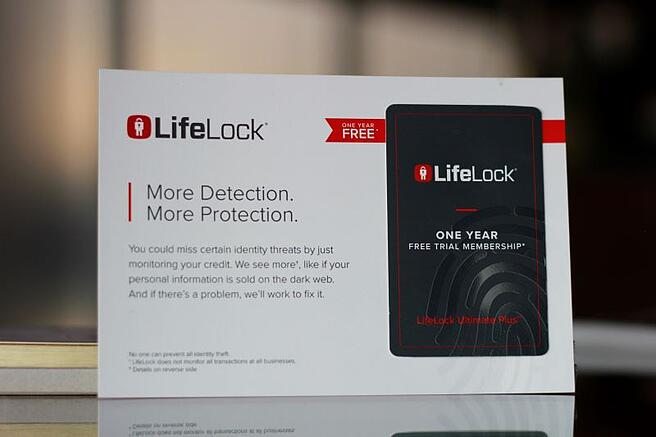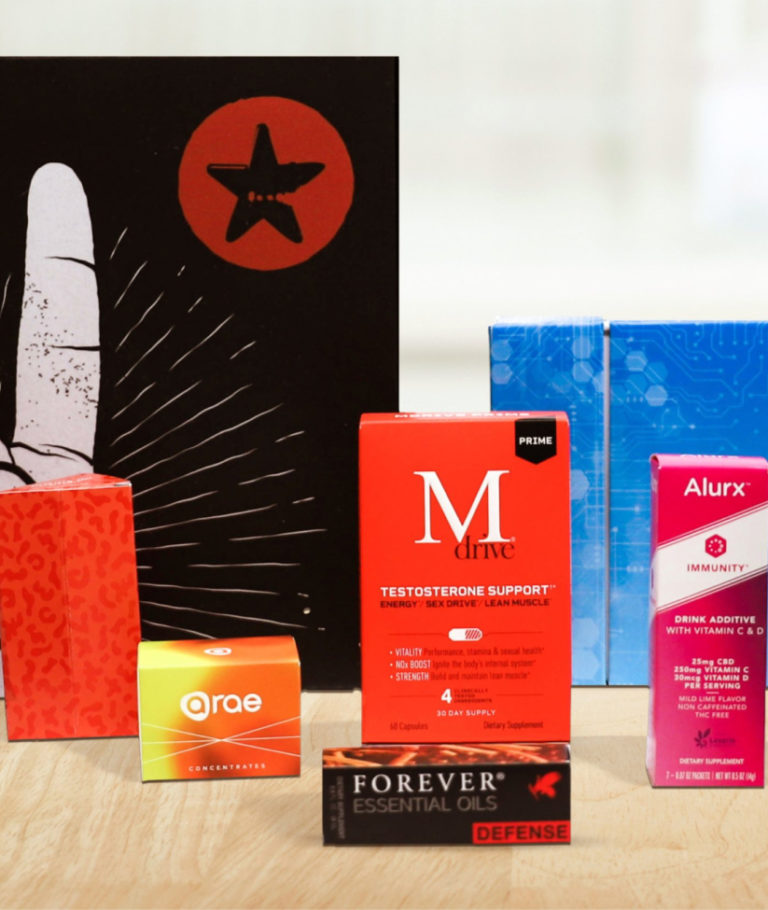How to Run a Successful Direct Mail Marketing Campaign in 2020
In today’s environment, it’s sometimes hard to determine the best way to reach out to an existing or potential client. Companies are throwing out response data, ROI, and different channels of communication you should be using.
It might surprise you to find out that email response rates average about 0.12%, while direct mail has a 4.4% response rate. Direct mail has proved time and again that it’s the G.O.A.T of marketing campaigns when done right. Here are our tips on how to get the most out of your direct mail campaign.
1. Start with strategy
Just because you could send a direct mail piece to everyone and their mother, it doesn’t mean you should. The first step of running a successful direct mail campaign is to define your target audience. By clearly defining your target audience, you’re likely to see a bigger ROI on your campaign due to less upfront spending. You’ll also have a better chance of converting at a higher rate since the people receiving your direct mail are those who are more interested in your industry.
Once you select your audience, you’ll want to make sure the data you have on them is “clean” and up-to-date. You don’t want to waste money sending your mailers to people who have moved or changed their name, and you definitely don’t want to send a mailer advertising cat food to a devoted dog person.
If you have an in-house mailing list, that’s a great place to start because you’ll have deeper insights and you’ll know they’re already interested. If you don’t already have a mailing list, consider having a data specialist uncover the attributes of your current customer base and buy a list of look-alike contacts to target. You’ll have a better chance of success if you use these targeted lists than you will with a mass mailing list.
After you have your list, you’ll want to determine your segments. Take your targeted list and break it down even further into demographics like location, gender, age, income, and more.
When you’re planning for your campaign, consider using variable data, which enables you to personalize your direct mail piece according to your target profiles. Studies show that personalized mailers have a greater ROI than non-personalized direct marketing pieces.
You can use the segments you’ve determined to further personalize your campaign. For example, you can use a visual of children for a segment of young families to one with a senior couple for your segment of retirees.

2. Choose your offer
A direct mail piece is only as good as its offer.
To identify your offer, first consider the goal of your campaign. One of your goals is probably to make more money (and it should be!), but it’s also important to drive brand awareness and connect with your prospects.
Once you’ve got some solid goals, here are the key steps for creating your offer:
- Make the offer relevant to the audience you’ve defined.
- Make sure your offer has value. Offers with greater perceived value increase your chance of response.
- Make your offer specific. Your audience should know exactly what you’re offering. If you’re giving away samples of your product, make sure to mention how many samples.
- Make your offer unique. Don’t offer something your competitors already offer.
- Make it realistic. If the offer seems too good to be true, no one will act. It’s always best to remain realistic. Giving a discount is a great offer. Giving away a free car to anyone who responds will make your audience think it’s a scam (and if it’s not a scam, it will definitely put you out of business).
- Make it clear where you want people to go, whether it’s a URL or a physical address. Whatever it is, make it easy for them to redeem the offer.
Finally, make your headline engaging and memorable. You’ll only have a few seconds to grab your audience’s attention, so make them count. Make sure the headline reinforces your visuals, which helps magnify your entire message.
3. Choose your CTA
If you don’t know what you want your audience to do when they get your mailer, they definitely won’t know what to do either.
You need to sit down and determine what you want your audience to do after the direct mailer is received and read. Do you want them to search for more information? Fill out a survey? Set up a meeting? If you’ve captured their attention, reward them by providing specific instructions that will genuinely help them.
No matter what you want your prospects to do, you should give them the option to call, text, email, hit up your social media, or go to your website. By giving them options, they can choose to respond through the communication channel they prefer.
4. Get creative
Now that you’ve established the goal for your campaign, it’s time to get into what it’s going to look like and what you want your target to take away.
First, decide on your format. You could send postcards, envelopes, or get with your printer and use your imagination to create something unique. Your printer should also have a good understanding of the format that will help you best stand out.
Once you decide what type of piece it’s going to be, it’s time to grab your prospect’s attention with some eye-catching imagery. The graphic elements should either raise questions, create intrigue, or at least be aesthetically pleasing. Whichever direction you take, the imagery needs to align with your campaign’s purpose and reinforce your brand. The clearer you make your company’s promise, the more likely those prospects will be motivated to act.
Lastly, finalize the rest of your copy. Only include the items that matter most. White space is a good thing when you’re sending mailers. Too much information can overwhelm your customer. Don’t load up your mailer with too many benefits or features. Instead, be single-minded in sharing the few that your prospect cares about the most.
If you include just the right amount of information, they’ll be intrigued, and want to get in touch.

5. Set up reporting
Before you report on the campaign as a whole, it’s a good idea to test your final design on a smaller audience. This will help make sure your broader audience is receptive to your campaign.
After you’re happy with your direct mail campaign, it’s time to pull the numbers. No campaign is complete without looking back at the data and analyzing the outcomes.
You’ll want to track response rate, conversion rate, cost per acquisition, revenue per order, average order size, and ultimately find out your return on investment to truly get insights into your campaign’s success. Without this, you won’t be able to measure success of your current campaign, and you won’t be prepared or have a baseline for how to handle your next campaign.
6. Make sure to follow up
Your direct mail piece went out to your defined audience on time and on budget, you’re ready to start getting leads, and you have a reporting plan in place. But that shouldn’t be the end of your campaign.
The last and final step is establishing a follow-up plan. Whether that’s another direct mail piece, a phone call, or social media advertising, direct mail campaigns are enhanced by an average of 23-46% when integrated with other marketing channels.
If you need to accelerate your lead flow, now’s a good time for a direct mail campaign. When done right, direct mail can be a huge win for your company and get you lots of high fives from your teammates.
Ready to launch your next direct mail campaign? Click here to learn more about how to get even better ROI on your next direct mail campaign by integrating digital marketing.
For more information or to get started, contact us at hello@prismagraphic.com.











